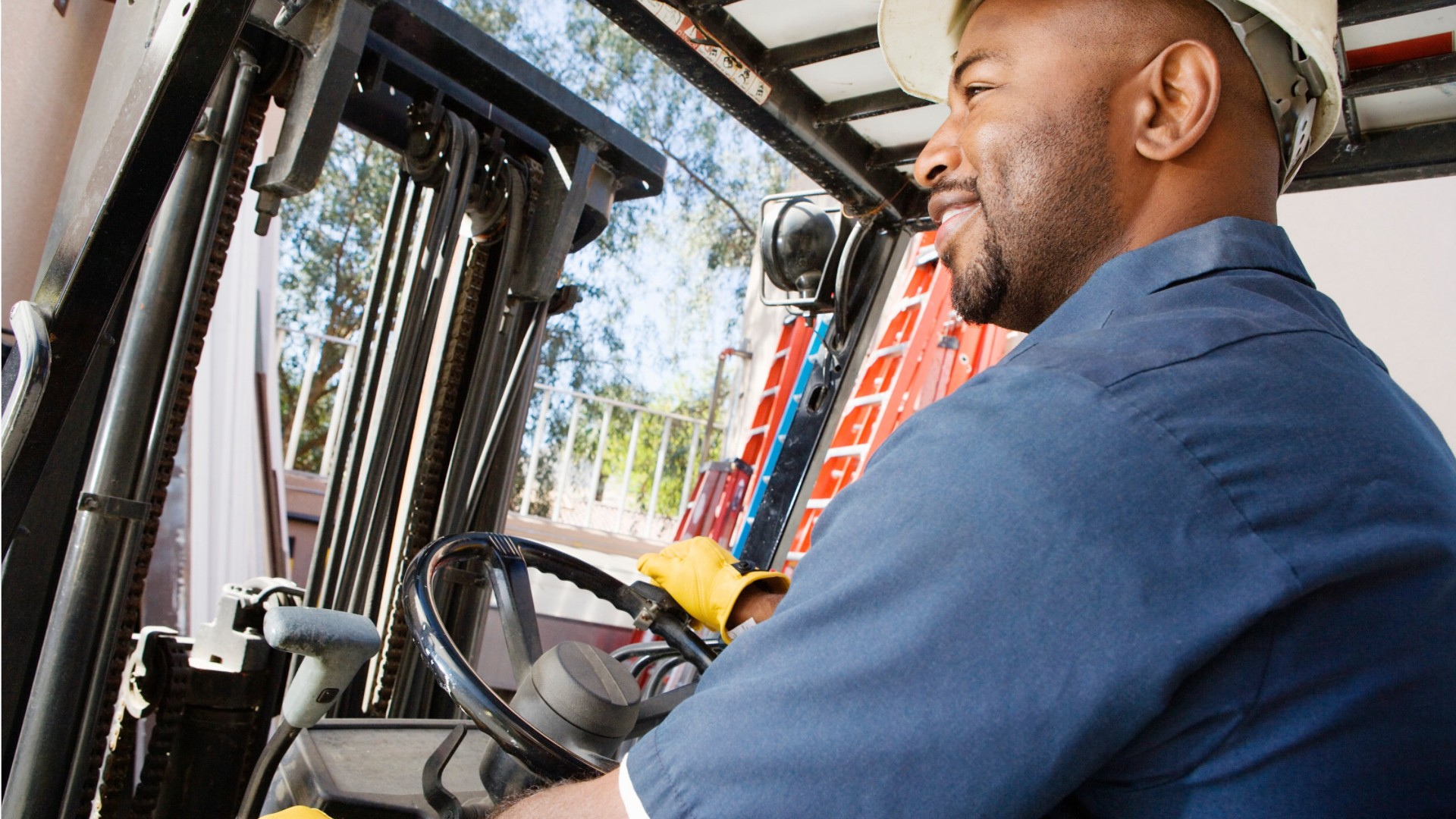Industrial Truck & Tractor Operators
Fork Truck Driver, Forklift Driver, Forklift Operator, Spotter Driver
What they do:
Operate industrial trucks or tractors equipped to move materials around a warehouse, storage yard, factory, construction site, or similar location.
On the job, you would:
- Move levers or controls that operate lifting devices, such as forklifts, lift beams with swivel-hooks, hoists, or elevating platforms, to load, unload, transport, or stack material.
- Move controls to drive gasoline- or electric-powered trucks, cars, or tractors and transport materials between loading, processing, and storage areas.
- Manually or mechanically load or unload materials from pallets, skids, platforms, cars, lifting devices, or other transport vehicles.
Knowledge
Math and Science
- arithmetic, algebra, geometry, calculus, or statistics
Arts and Humanities
- English language
Skills
Basic Skills
- listening to others, not interrupting, and asking good questions
People and Technology Systems
- thinking about the pros and cons of different options and picking the best one
Abilities
Controlled Movement
- quickly change the controls of a machine, car, truck or boat
- use your arms and/or legs together while sitting, standing, or lying down
Hand and Finger Use
- hold or move items with your hands
- keep your arm or hand steady
Spatial
- imagine how something will look after it is moved around or changed
- know where things are around you
Attention
- pay attention to something without being distracted
Personality
People interested in this work like activities that include practical, hands-on problems and solutions.
They do well at jobs that need:
- Self Control
- Attention to Detail
- Dependability
- Stress Tolerance
- Integrity
- Cooperation
Technology
You might use software like this on the job:
Spreadsheet software
- Microsoft Excel
Inventory management software
- Inventory management systems
- RedPrairie DLx Warehouse
Materials requirements planning logistics and supply chain software
- Symphony GOLD
- Warehouse management system WMS
Education
Education: (rated 2 of 5)
high school diploma/GED or
no high school diploma/GED
usually needed
no high school diploma/GED
usually needed
Job Outlook
Average
New job opportunities are likely in the future.
Explore More
- Crane & Tower Operators
- Hoist & Winch Operators
- Laborers & Freight, Stock, & Material Movers, Hand
- Loading & Moving Machine Operators, Underground Mining
- Tank Car, Truck, & Ship Loaders
You might like a career in one of these industries:
See more details at O*NET OnLine about industrial truck and tractor operators.





